NEWS | December 4, 2023
Staff Volunteer for Search and Rescue Operations: 'It's Our Way to Give Back'
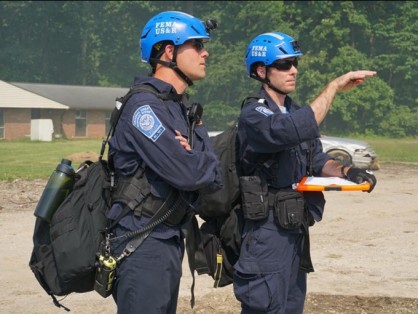
When disasters strike, WJE is often called on by clients to investigate and assess affected structures. Some of our employees are also engaged in the life-safety aspects of these events. For many years, they have contributed to rescue operations after natural or human-made calamities.
The National Urban Search and Rescue (US&R) Response System, established under the authority of the Federal Emergency Management Agency (FEMA) in 1989, is a framework for organizing federal, state, and local partner emergency response teams as integrated federal disaster response task forces. The System’s 28 US&R task forces can be deployed by FEMA to a disaster area to aid in structural collapse rescue, or they may be pre-positioned when a major disaster threatens a community.
FEMA teams have been dispatched to the 9/11 attacks; the condominium collapse in Surfside, Florida; bridge failures, and to numerous hurricanes, among other catastrophes. WJE professionals who have worked in the program (past and present) have focused mainly on examining structural safety and crafting a plan to specify hazards, but task-force responsibilities for other team members include physical search-and-rescue operations, emergency medical care, and hazardous-material assessment.
Below, several WJE US&R volunteers share the challenges they have faced and the lessons they have learned from their time volunteering in disaster zones.
Chuck Larosche
In 2004, Chuck, a senior principal in our Austin office, became an Urban Search and Rescue team volunteer after the 9/11 attacks while he was working with another company.
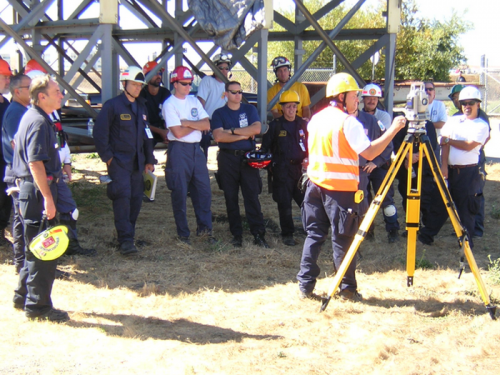 During his stint as a volunteer, he served on more than twenty deployments. For example, during Hurricane Ike, his team—along with the Texas Air Force Corps and the National Guard—huddled in Reliant Stadium (now known as NRG Stadium) in Houston. Chuck and another structural specialist checked the entire 1.9-million-square-foot space for instability and found a handful of doors that might blow out but no other issues.
During his stint as a volunteer, he served on more than twenty deployments. For example, during Hurricane Ike, his team—along with the Texas Air Force Corps and the National Guard—huddled in Reliant Stadium (now known as NRG Stadium) in Houston. Chuck and another structural specialist checked the entire 1.9-million-square-foot space for instability and found a handful of doors that might blow out but no other issues.
“The things that may create instability are where the structural specialists focus their role,” he said.
Chuck has endured crazy situations—beating on doors to get people off islands only to find hurricane parties, sleeping in a church when there was no other shelter—and he has seen heroism in action, such as when a U.S. Coast Guard helicopter in high winds saved a family of four in a sailboat who were being hammered by massive waves.
He encourages his WJE colleagues and others to consider getting involved, while noting the time away can be a challenge.
“It’s a tough ask,” he said. “But it’s our way to give back to our profession, and I really enjoyed the camaraderie.”
John Turner
When John, a senior associate in our Dallas office, returned from a trip to Minneapolis in 2013, he hadn’t checked the news for twenty-four hours. His phone was silenced, but for some reason, he noticed a call coming through. He picked it up, and he was told a fertilizer storage and distribution facility had exploded.
“The task force leader says, ‘Are you available to go to West, Texas?’ Turner recalled. “I said, ‘Where in west Texas?’ He said, ‘No, the town of West, Texas.’”
John—who spent two weeks in California during two separate years training for the task force—pulled out his task force bags, called his dogsitter, and rushed to the city warehouse that served as the task force headquarters. Around midnight, he and his team leader rolled into West, wearing a task force uniform consisting of a long-sleeved t-shirt, battle dress uniform pants and jacket, and a search-and-rescue helmet—along with a backpack that included gloves, knee pads, and water. He was the first engineer on-site and immediately set out to assess how stable or unstable the largest and most severely damaged of the dozens of buildings were.
“It was chaotic because of the nature of the blast, and it was dark,” said John.
During his twenty-two-hour stint—which included three hours of driving and an hour of sleep—he and other structural specialists supported the rescue team so it could work as safely as possible.
“We helped them assess the risk,” he explained. “If masonry is about to fall, we need to figure out how to bring it down or support it to make it safe. If they say they need to go to a certain spot, we tell them how to safely do it."
Steve Bruns
When Steve, an associate principal in our Indianapolis office, was twelve, a tornado swept through his Midwestern town, destroying their family home as well as many others in the community.
“There was so much my parents and others had to go through just to recover from that event,” he recalled.
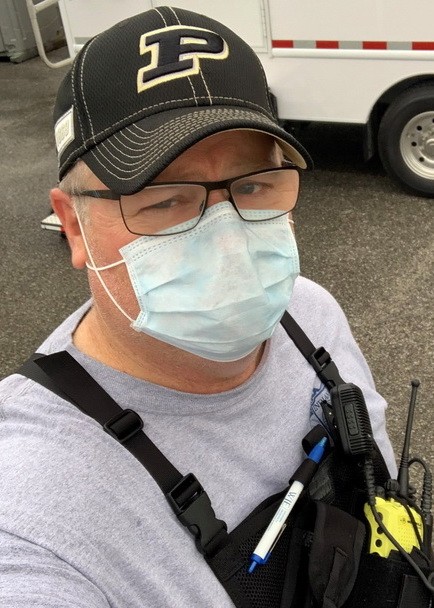 He has voluntarily visited sites hit by similar disasters. Prompted by that long-ago tornado and by watching the Indiana Task Force help during the chaos of 9/11, he joined the Urban Search and Rescue force in 2003.
He has voluntarily visited sites hit by similar disasters. Prompted by that long-ago tornado and by watching the Indiana Task Force help during the chaos of 9/11, he joined the Urban Search and Rescue force in 2003.
“The one thing I enjoy as an engineer is that we’re problem-solvers, and it’s great to find that tangible moment when you find relief for people in a very, very tough situation,” said Steve. “It’s the closest I’ve felt to tying what I do into giving back.”
He shared that his experience during his five deployments (primarily with hurricanes), along with training that occurs during downtime, have been highly beneficial to his work at WJE.
“I’ve had to use timber shoring, bracing, and cribbing on projects—particularly bracing historic masonry walls that have bowed,” he said. “You must make decisions with imperfect information quickly, just like at WJE. It’s invaluable to see how to work as seamlessly as possible within a team.”
Steve said he is getting close to retiring from the search and rescue team. “It will soon be time to turn in my boots,” said Steve. He’ll always appreciate the bond he’s formed with hundreds on his squad.
“You have a camaraderie with the group,” he said. “You’re doing something with a common mission and going through it together.”
Logan Cook
Logan—also an associate principal in our Indianapolis office—completed his training for the FEMA US&R Indiana Task Force 1 Team in 2016. Why did he join?
“My family raised me with a sense of service to others, and they in many ways epitomized service to others through my upbringing,” he explained, noting that his father—a registered architect and battalion fire chief on the Indianapolis Fire Department—was deployed during 9/11, and his grandfather was a volunteer firefighter. “When I was young, I had always thought I would join fire service to help others in times of emergency. While my career took me on a different path, the Indiana Task Force 1 Team allows me to scratch my itch for emergency service while utilizing my engineering training and experience gained at WJE to provide value during deployments.”
Logan has engaged in three deployments—all involving hurricanes. In 2018, he spent a week in Wilmington, North Carolina, during Hurricane Florence, arriving before the hurricane.
“Sometimes the task forces are too early, sometimes too late. This one they timed well to be valuable to local needs,” he said. “The hurricane came right over our staging area. We were able to help the city when their first responders were overwhelmed.”
Once, he needed to help assess a home where a large tree (3 feet in diameter) had fallen through the roof and had trapped a mother and her infant inside. Upon arrival, it was not clear if they had survived. Tragically, they did not.
“At first, we didn’t know, so there was an urgency to save them. . . in that urgency you have to break down the problem and keep everyone safe,” Logan said. “We started by identifying the location of the victims in the home, then estimated how much the tree weighed. Do we have the right equipment to lift it off? No, it’s too heavy, but we can cut the floor underneath it. You must continually problem solve.”
He pointed out how the sense of urgency in these situations can be similar to experiences on WJE projects.
“Understanding how to react and calmly assess situations before rushing into decisions is the biggest lesson we learn,” he said. “People have high-intensity emotions at the time. How do you focus on the facts and do what is technically correct? That helps our day-to-day interactions with projects.”
Logan pointed out that there’s a lot of sacrifice involved with being a volunteer. “You’re leaving your family when you get the call, and you have to call in favors to cover the WJE work,” but helping those in need makes the excursions well worth it.
“There’s a feeling of service and giving back,” he said.
RELATED INFORMATION
-
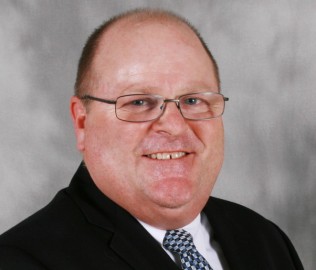 Steven R. Bruns, Associate Principal and Unit ManagerWJE Detroit MORE >People | Steven R. Bruns, Associate Principal and Unit Manager
Steven R. Bruns, Associate Principal and Unit ManagerWJE Detroit MORE >People | Steven R. Bruns, Associate Principal and Unit Manager -
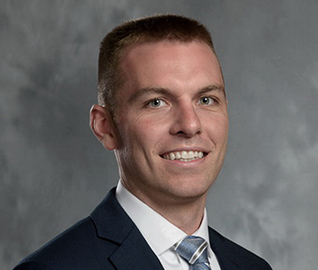 Logan J. Cook, Associate Principal and Unit ManagerWJE Indianapolis MORE >People | Logan J. Cook, Associate Principal and Unit Manager
Logan J. Cook, Associate Principal and Unit ManagerWJE Indianapolis MORE >People | Logan J. Cook, Associate Principal and Unit Manager -
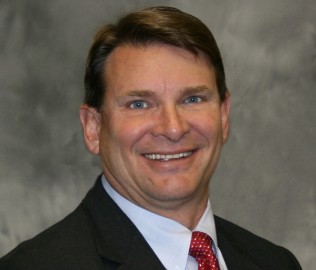 Carl J. Larosche, Senior PrincipalWJE Austin MORE >People | Carl J. Larosche, Senior Principal
Carl J. Larosche, Senior PrincipalWJE Austin MORE >People | Carl J. Larosche, Senior Principal



































